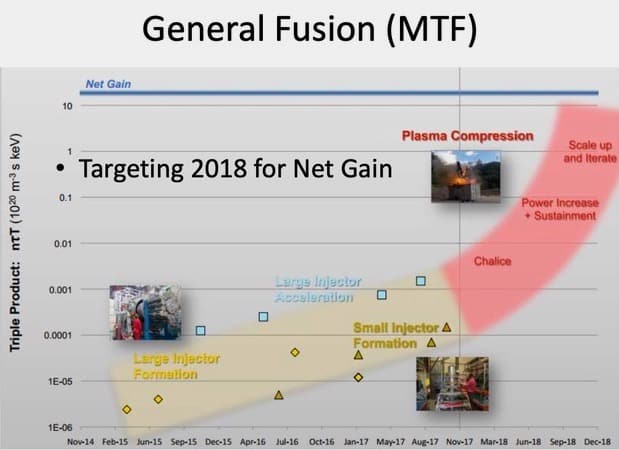5 Tips for Delivering a Good Presentation with a Bad Slide Deck
‘Please can you help us improve our pitch – but, by the way, we can’t change the deck’.
This is a brief we get all too often, ahead of Pitch Training or some Presentation Training.
In these cases the people we work with know that their slides have too much information on them, too many bullet points, the font is too small and with three different charts and a tiny legend any audience is likely to turn off in three minutes flat. But there are legal and regulatory reasons why the slides have to be as they are.
So how can you do a good presentation with a slide deck that is also a pitch book or a handout?
Well, the first things to say is please don’t carefully and diligently verbalise every bullet point on the deck. Just accept that the deck is not really a presentation, it is a document that has another purpose. Your job is to simply guide people through the document and highlight the points they should not miss. You should make available a copy of the deck and invite them to read it at their leisure.
That is tip number 1.
Tip #1. Be prepared to provide a brief expert guide to the information, rather than deliver it all.
Secondly, understand that your job is to simplify, clarify and focus. And to achieve that, try to work out an opening key message. It doesn’t have to be complicated but it does need to be clear. Feel unembarrassed about stating the obvious.
For example:
‘In the next 15 minutes I hope to demonstrate that we are a great fit as a consultant for your project.’
You should also consider circling back to this message at the very end. For example:
‘So I hope I have demonstrated that we are a great fit as a consultant for your project.
Tip #2. Have a clear message at the beginning and circle back at the end.
My next tip is to clearly summarise or headline the purpose of each slide as you change slides.
For Example:
‘Next, let’s take a quick look at our org chart.’
Or
‘In the next slide, we have pulled together the numbers you need to compare us to our key competitors.’
This really helps any audience keep track of the whole argument. Do not expect them to work out what the slide means while you are talking.
Tip #3. Summarise the purpose of each slide as you introduce it.
The slide above would greatly benefit from an opening phrase: Now let’s look at the timeline for the project and a few key markers.
Now, assuming every slide has way more information on it than you want to actually say, my next tip is to give the audience permission to ignore most of the information on the slide (or read it later), and highlight one or two key points. I think of this as a verbal highlighter.
For example:
‘There is a lot of detail here on how we choose each investment in the portfolio and our process of evaluation before we buy. But perhaps I can draw your attention to two key things that make us different…’
Tip #4. Use a verbal highlighter – giving permission to ignore some detail.
If you do use this technique, it is important to ensure you appear open and transparent, not trying to distract from the detail. To ensure this, I suggest regularly giving the audience permission to ask questions.
‘I am happy to take questions on any of these points’ or
‘If there is anything you want me to explain please do just ask’
This has the added benefit of making the presentation more interactive.
Tip #5. Let the audience choose the focus. Be open, to answering questions as you go along.
So, there you are. My five top tips for delivering a bad slide deck. Of course, you also need to speak slowly and clearly, use good intonation, look at the audience not the deck and all the other best practice that all presentation trainers and coaches will tell you.
And always, always, ask, can we not just simplify the deck? It will make it so much easier to present well.
My final bonus tip is to consider creating a copy of the deck, strip out all the less important information and while you provide the original deck to the audience for them to study if they want to, you put the simpler version up on the screen.
Images:
campaign-creators-gMsnXqILjp4-unsplash
malte-helmhold-m0r4a8nMarw-unsplash
- A Behind-the-Scenes TV Cheat… and Why It Works - November 26, 2025
- What Should I Do With My Hands? - November 19, 2025
- A Jar of Marbles and the Power of a Simple Story - November 12, 2025







Such useful tips, Lindsay…
Presenters need to remember that the slides are only there to support, not supplant them.
The presenter should lead the slides, not the other way around.
The slides are important, of course – but it’s the presenter who will bring them to life!
Have lost count of number of times I’ve sat through “presentations” of investor pitch decks masquerading as presentations. Have also long since given up explaining to clients (a) they’re not the same (b) there’s huge value in preparing both. So these tips are really helpful. Thanks Lindsay.